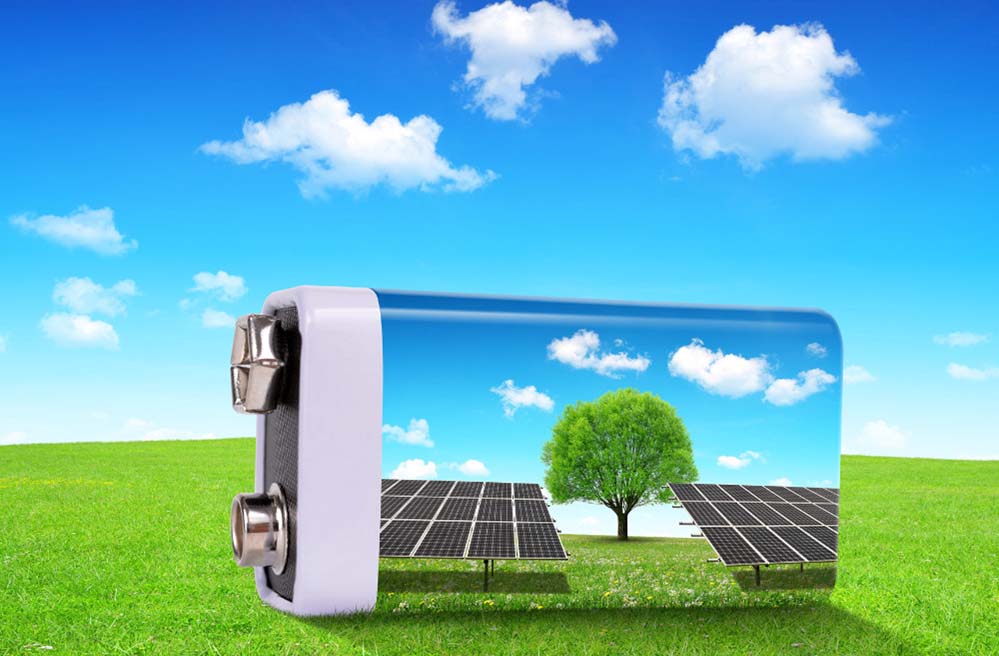Lithium Iron Phosphate (LFP, also known as LiFePO4) batteries are widely considered the best choice for the home energy storage applications. Why LFP batteries are the superior choice?
1. Superior Safety and Stability (The #1 Reason)
LFP chemistry is inherently more stable than other lithium-ion types (like NMC – Nickel Manganese Cobalt).
High Thermal Runaway Temperature: LFP batteries have a much higher temperature threshold before they enter thermal runaway (a chain reaction leading to fire). They are far less prone to catching fire or exploding, even if punctured, overcharged, or physically damaged.
Non-Toxic Materials: They do not use cobalt, a material associated with thermal instability and ethical sourcing concerns. The phosphate electrolyte is not flammable.
Implication for Your Home: This inherent safety makes them the clear choice for installation inside a garage, basement, or on an interior wall, giving homeowners significant peace of mind.
2. Exceptional Cycle Life and Longevity
Home batteries cycle (charge and discharge) daily. A long lifespan is crucial for economic viability.
Cycle Count: A typical quality LFP battery is rated for 3,000 to 7,000 cycles (or more) before its capacity degrades to 80% of its original state.
Comparison: This is roughly 2-4 times the cycle life of a standard NMC battery (typically 1,000 – 2,000 cycles).
Implication for Your Home: With one cycle per day, an LFP battery could last 10-20 years. This means it will outlast the warranty period and provide a much better return on investment, making the higher upfront cost worthwhile over time.
3. Maintenance-Free and Stable Performance
LFP batteries are true “set it and forget it” solutions for homeowners.
No Memory Effect: They can be charged and discharged at any state of charge without harming the battery’s long-term capacity.
Low Self-Discharge Rate: They lose only a small amount of charge when sitting idle, which is perfect for solar systems where energy is generated only during the day.
Consistent Power Delivery: They provide stable voltage throughout the discharge cycle, meaning appliances run consistently until the battery is nearly empty.
4. Depth of Discharge (DoD)
LFP batteries can be deeply discharged regularly without significant degradation.
High Usable Capacity: Most LFP batteries recommend a 100% Depth of Discharge. This means you can use almost all of the rated capacity every single day.
Comparison: Other chemistries, including some older lithium-ion and lead-acid, recommend only using 50-80% of their capacity to preserve lifespan.
Implication for Your Home: You get to use more of the energy you paid for. A 10 kWh LFP battery gives you nearly 10 kWh of usable energy, whereas a system with a 50% DoD would only give you 5 kWh from a 10 kWh battery.
5. Wider Operating Temperature Range
LFP batteries perform well in a broader range of environments.
Tolerance: They can operate efficiently in both hotter and colder ambient temperatures compared to other lithium-ion batteries, though extreme temperatures still impact performance and lifespan.
The Trade-Offs (Why You Might Not Choose LFP)
It’s important to be balanced. The advantages of LFP come with two main trade-offs:
Lower Energy Density: LFP batteries are physically larger and heavier for the same amount of energy storage (kWh) compared to NMC batteries. This is why NMC is still preferred for electric vehicles and smartphones, where space and weight are at a premium.
For a Home: This is rarely a critical issue. An extra few inches of space in a garage or utility room is a worthy trade for vastly improved safety and longevity.
Higher Upfront Cost: Historically, LFP batteries had a higher cost per kWh. However, this gap has narrowed dramatically and has even reversed in many cases due to mass production and falling material costs. When you factor in the much longer lifespan, the Levelized Cost of Storage (LCOS) of LFP is almost always lower.
Post time: Sep-11-2025

